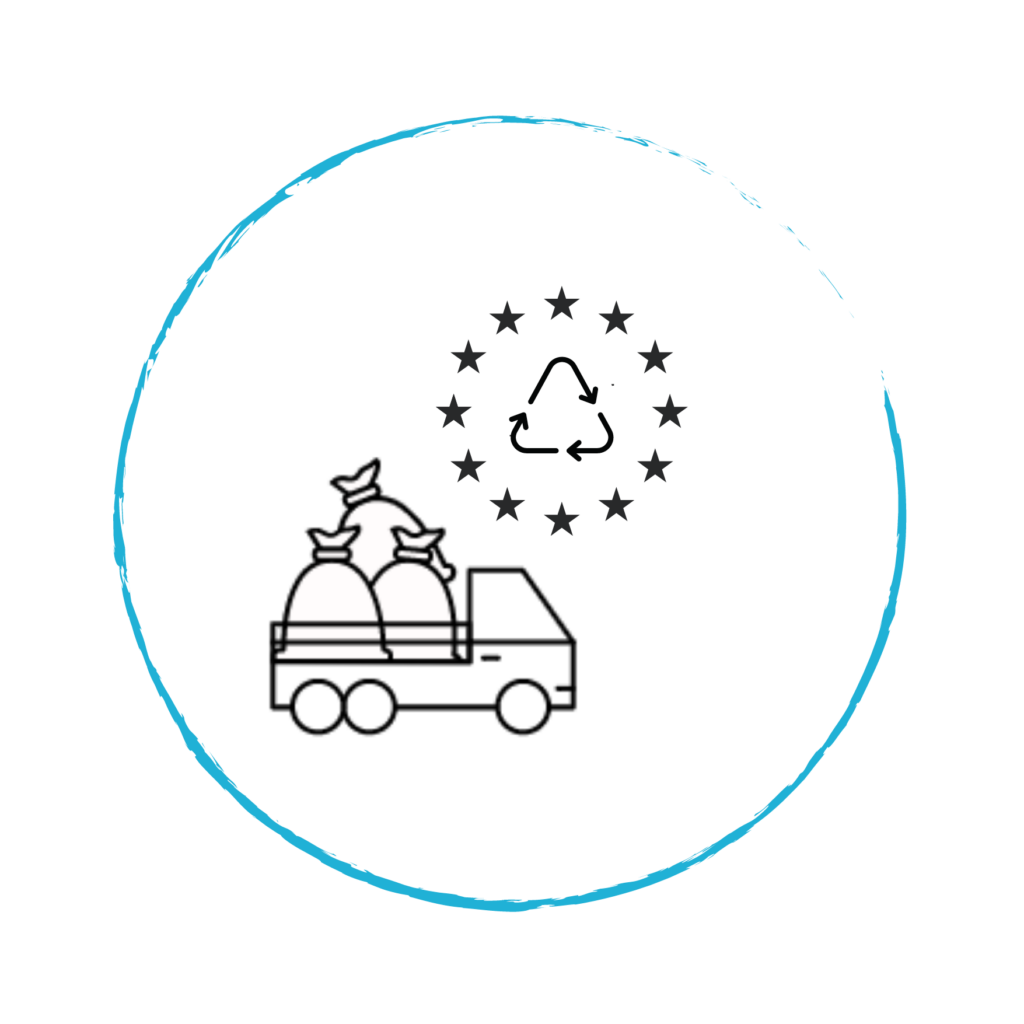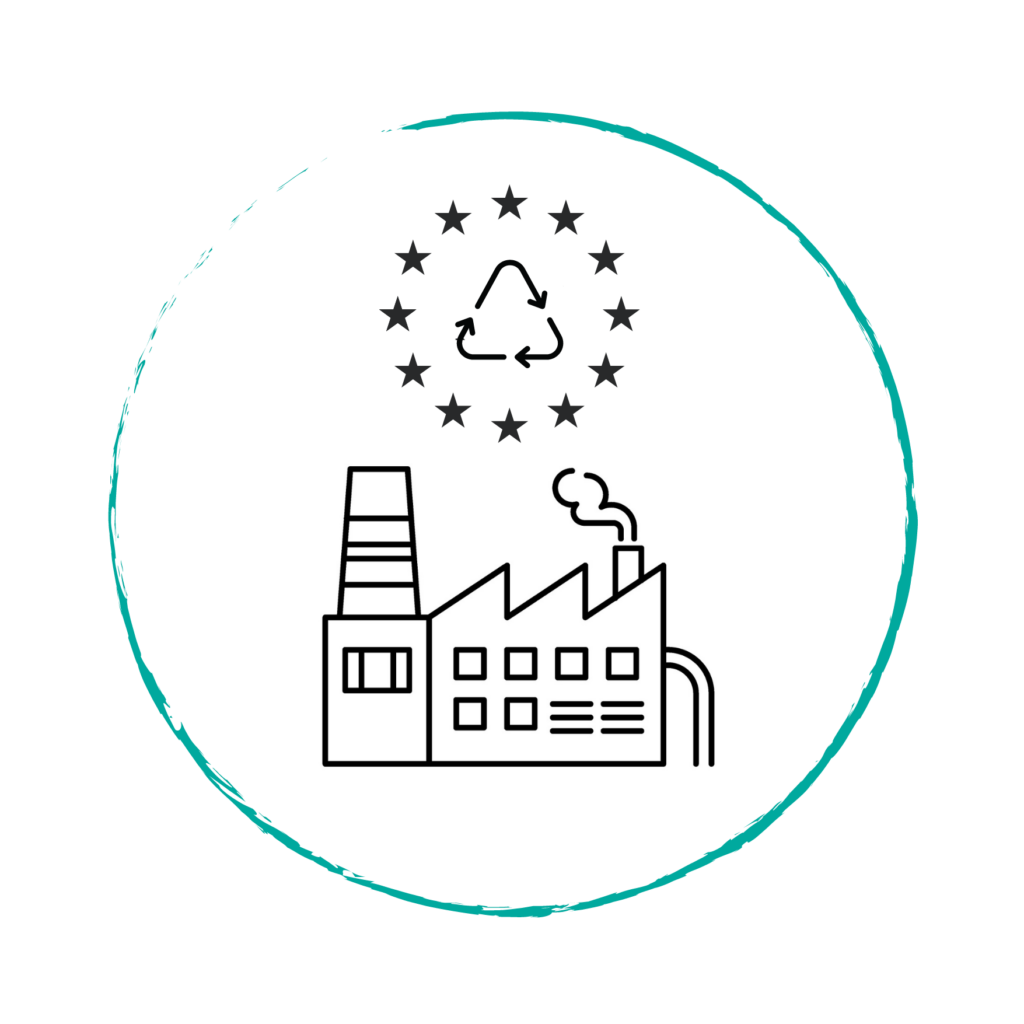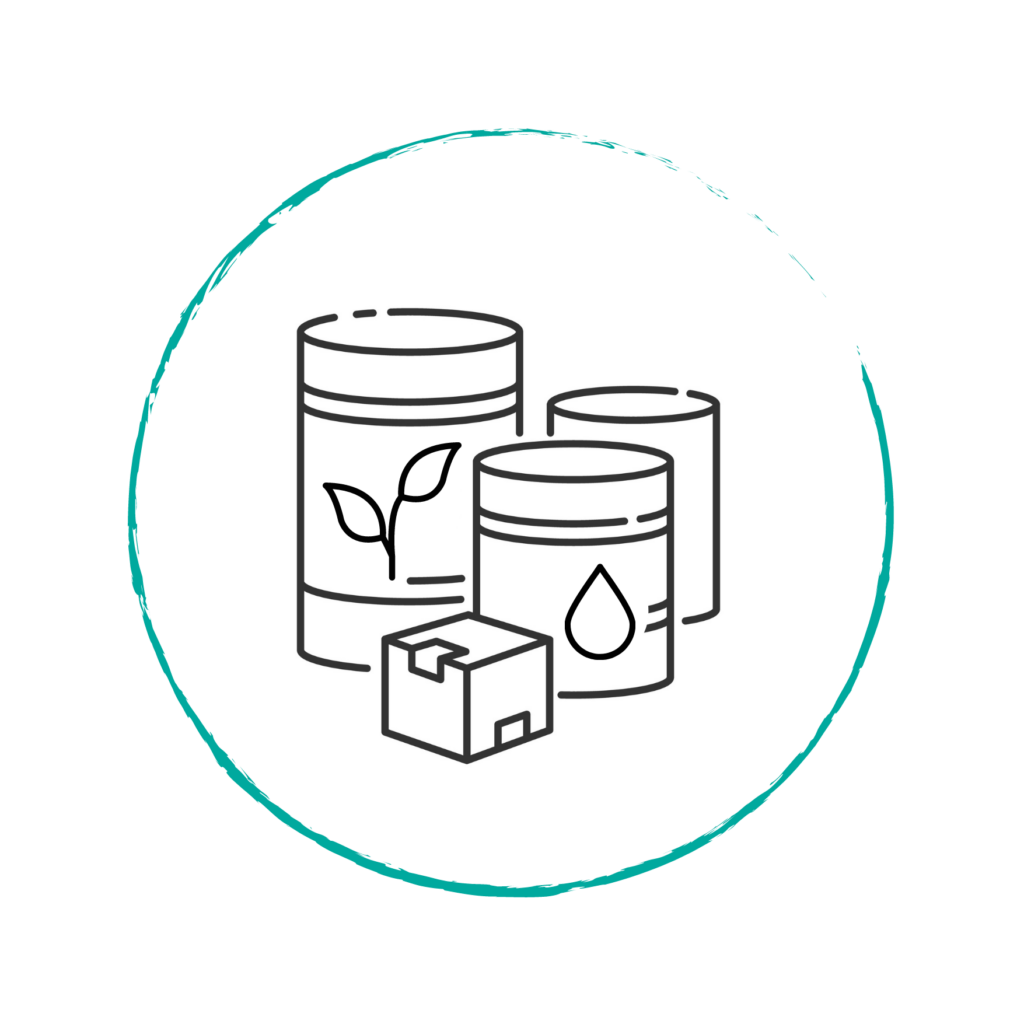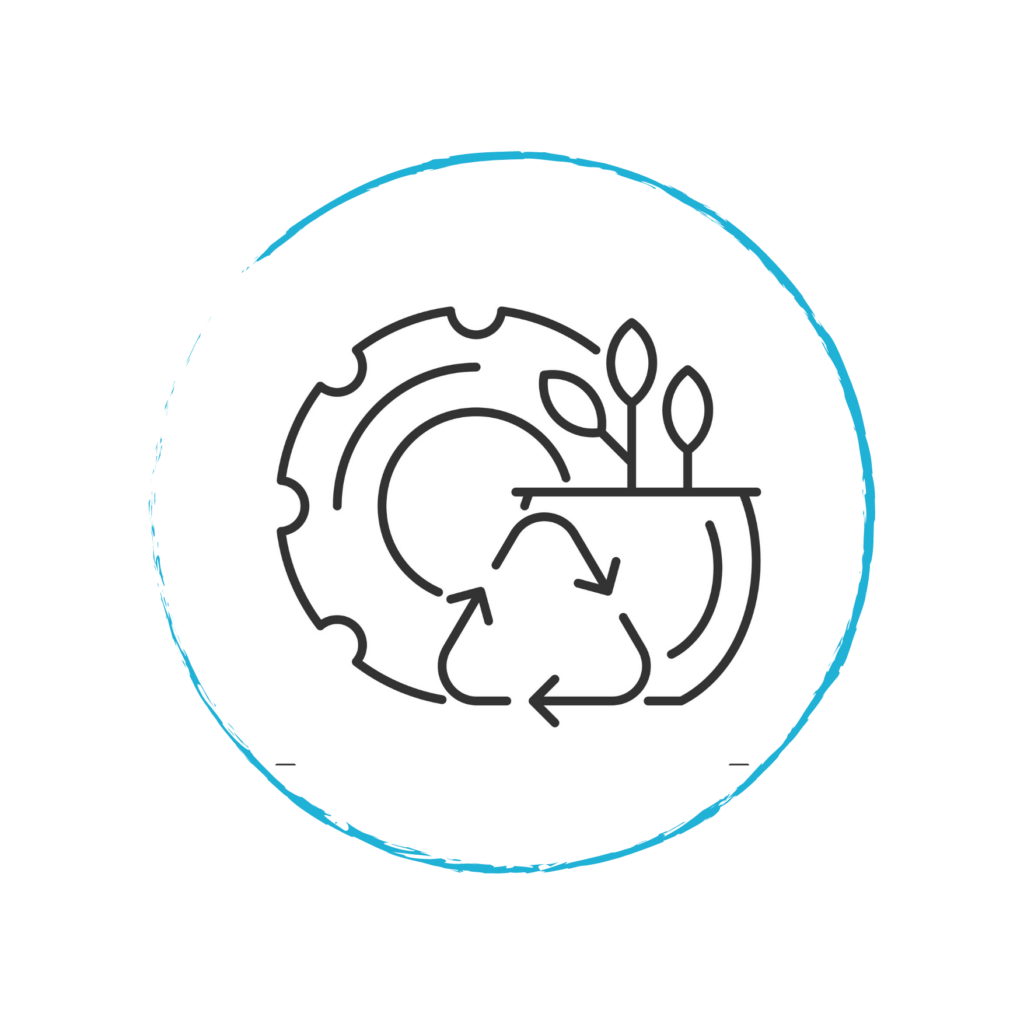The recognition of the Mass Balance Chain of Custody is key to accelerating chemical recycling and meeting the EU’s climate and circularity targets

The EU’s Single-Use Plastics Directive and the proposal for a revised Packaging and Packaging Waste Regulation set out recycling targets for used packaging in order to reduce packaging waste and promote the use of recycled content in new packaging. In particular, the European Commission’s proposal for the Packaging and Packaging Waste Regulation stipulates that at least 50% of all plastic waste in the EU be recycled by 2025.
The EU chemical industry supports a broad EU action to tackle waste and accelerate recycling. Where recycled content targets are concerned, chemical recycling technologies developed by the industry are a viable option to curb plastic waste and can complement mechanical recycling.
For the chemical recycling rates to accelerate in the EU, industry needs to invest more in chemical recycling facilities. For the investments to take off, clarity about the use of a mass balance chain of custody method to calculate the recycled content of plastics in products is required. Unfortunately, the current Commission proposal does not provide enough clarity on the use of this method which can hamper further progress of chemical recycling.
Why is Mass Balance important?
The mass balance methodology is needed to allow for a smooth and rapid transition to leverage recycled feedstocks in existing infrastructure, together with the virgin fossil sourced feedstock. As the two different feedstocks cannot be physically separated once they are co-fed into the complex large-scale installations, the mass balance methodology is required to accurately calculate and verify the amount of recycled content allocated to products.
It is important to be able to leverage existing infrastructure to allow co-feeding of the recycled feedstock, replacing part of the fossil-sourced feedstock. It would be counterproductive to build an entirely new stand-alone infrastructure for producing plastics solely from recycled waste.
Mass balance is a well-known “chain of custody” model, as defined in ISO standard 22095, already used in other sectors, such as biofuels, fairtrade cacao and coffee. It tracks a specific characteristic, in this case recycled materials co-processed with virgin materials in existing assets, and guarantees that the recycled content is appropriately allocated to products. Mass balance will help ensure that recycled feedstock progressively replaces more and more fossil-based virgin materials in the production of plastics and a broad range of chemicals and products in Europe.
As explained by Annick Meerschman, Cefic Innovation Director:
“84% of all plastics produced annually in the EU does not find its way back into new products . Substantial amounts of plastic are still landfilled, incinerated or exported. In this context, innovation and complementary recycling technologies and business models are needed to transition from a linear economy towards a sustainable circular economy. This need calls for rapid scale-up of both mechanical and chemical recycling technologies.”
Since one of the main barriers to scale-up chemical recycling technologies is uncertainty about the method for calculating the recycled content of plastics,
“we need EU rules to support chemical recycling as a complementary solution to mechanical recycling, to pull investments into this technology and help the EU meet targets for more recycled content. We also need a clear mass balance method as a key enabler of this process, if we want to meet EU’s climate and circularity targets in time”, continued Meerschman.




